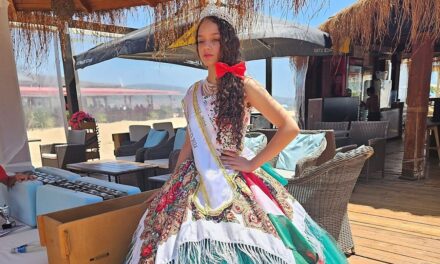On Epiphany Day, January 6, the Christmas season ended and the farewell to winter and anticipation of spring period, the carnival, which lasts until Ash Wednesday, began. Many folk traditions are associated with the ancient spring festival, such as costume balls, dance parties and donut baking. There are several legends about the spread of the doughnut, but two of them live the most in the public mind.
According to one, Queen Marie Antoinette (1755-1793), XVI. His wife Lajos met the donut on an adventurous carnival night. It happened that the queen escaped from the carnival masquerade ball organized in the Tuileries and mingled in the crowd in her disguise. While walking, he got hungry and bought donuts from a gingerbread master. He liked the donuts very much, and after the carnival, he ordered the donut oven to the palace. The gingerbread man told the queen's confectioner about the donut recipe and how to make it. The confectioner refined it and modified the recipe a little. From then on, donuts became a favorite delicacy at royal feasts.
According to another source, the donut is of Viennese origin. After the death of a certain baker named Krapfen, his workshop was continued by his widow. This way, the whitest and most delicious bread still came out of this bakery. People from the farthest parts of the city made a pilgrimage for him. One day, however, for some reason, the bread was not ready in time. Some of the customers left annoyed, some waited impatiently and said numbers, until the baker finally came out of the mess and wanted to cut a piece of bread dough at someone's head. Fortunately, he aimed poorly and the dough sizzled into the pan on the stove, in which fat was boiling. The misguided dough was fried to a beautiful golden yellow in a few minutes. This is how the first donut was born, which Viennese have called Krapfen ever since.
In our country, donuts date back to the 19th century. it became widespread in the 19th century, but according to a contemporary record, donuts were already served as the seventh course at a feast in 1603 in Count Thurzó Szaniszló's castle in Galgóc. The habit of baking donuts spread from Transdanubia and became fashionable in more and more places, so that this delicious treat could be served as sweets during the carnival from Epiphany to Ash Wednesday.
Good to know: If you are eating carnival donuts in a gentleman's place, it is appropriate to eat them with two forks, you must not cut them with a knife, only tear them with the help of the two forks. (However, it is best to bite into it, so you can skip the gentleman's prescription at home.)
Image and text source: netfolk.blog.hu













